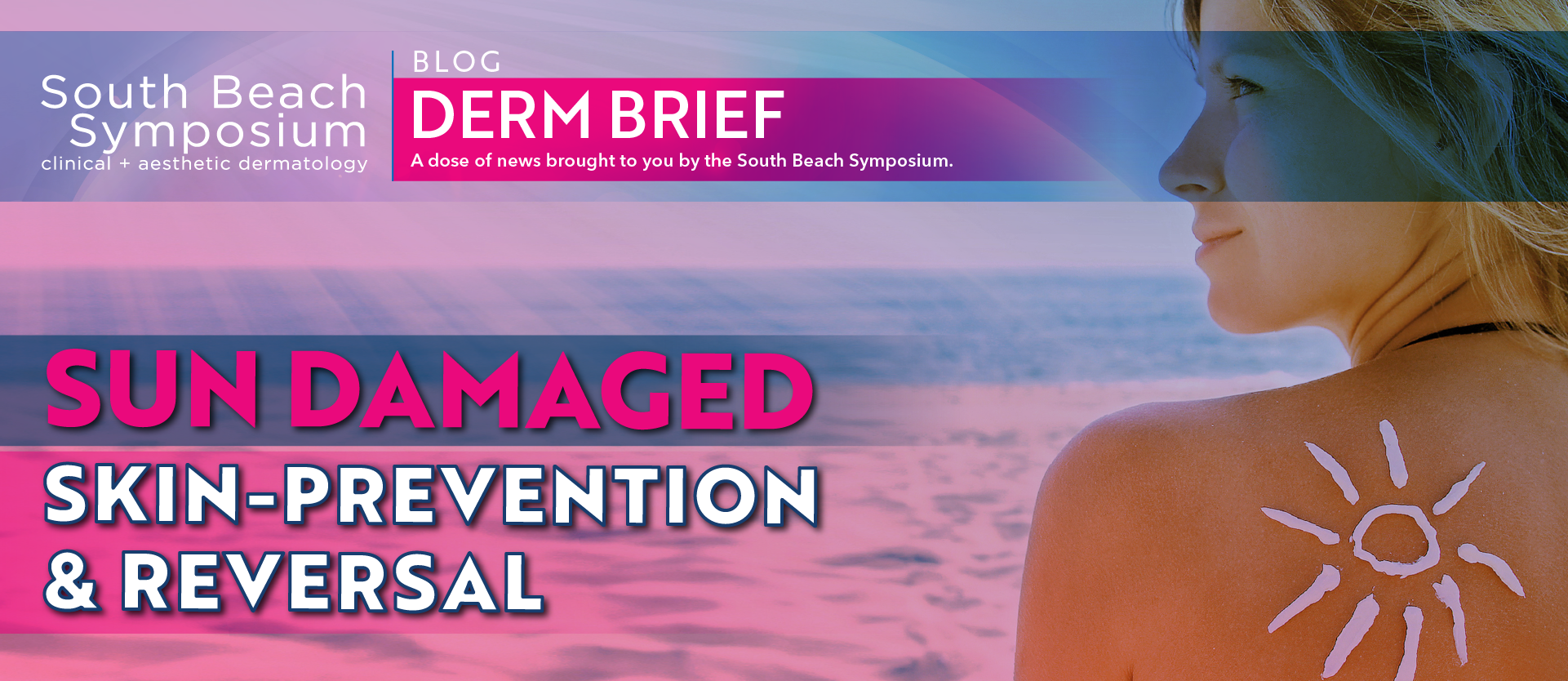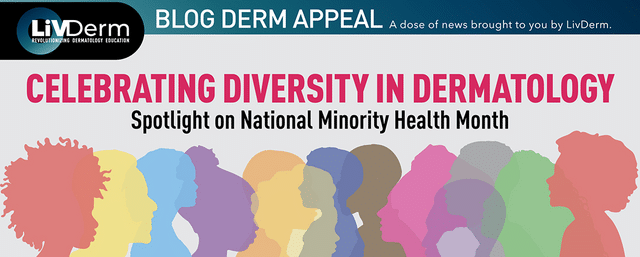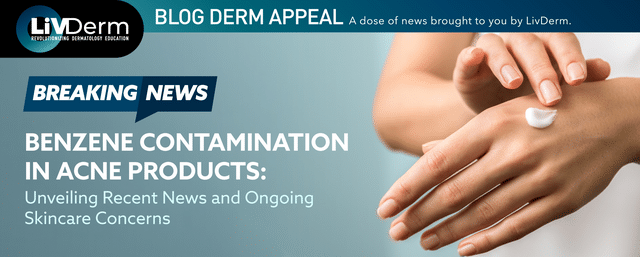While the harmful effects of sun exposure are especially apparent during summer, potential sun-damage is a year-round risk. In recent years, medical professionals, health organizations, and federal agencies have advocated for an increase in sun-protectant measures. The World Health Organization has predicted “that the depletion of the ozone layer could lead to further increased rates of melanoma and nonmelanoma skin cancer. In humans, it has been speculated that a long-term rise of temperature by 2°C could increase the carcinogenic effectiveness of solar UV by 10%.” In light of these changes, it is increasingly critical that advanced measures are implemented to prevent and reverse harmful skin damage caused by the sun.
Sun Screen as Skin Care
The most critical factor in preventing sun damage is simultaneously the simplest: daily sunscreen use. While there are numerous similar factors in reducing harmful exposure—including wearing protective clothing and staying indoors during the sun’s most powerful hours—exposure to harmful UVA rays is inevitable. As board-certified dermatologist David Lortscher, MD described in an interview to Healthline: “It’s not just long days on the beach causing visible aging. UVA exposure happens every time you walk to the car, work outside on cloudy days, or even sit by a window.”
The UV solar radiation that reaches the earth requires the use of a broad-spectrum sunscreen each day throughout the year to protect against continuous exposure. A recent study reviewed by SBS faculty member Mark Lebwohl, MD documented the increased rates of skin disease: “One in five Americans will develop skin cancer in their lifetime. The best way to reduce your skin cancer risk is to protect yourself from UV exposure.” Yet as research from the Centers for Disease Control and Prevention demonstrates, sunscreen is not considered an integral part of skin care for most Americans, with “only 14.3 percent of men and 29.9 percent of women reporting that they regularly use sunscreen on both their face and other exposed skin.”
While considerable attention is paid in reversing sun damage, prevention is the most significant step in protecting skin from harmful damage. As Dr. Lortscher explained: “If you’re not protecting [against the sun], then no need to look for products to treat age spots and other forms of hyperpigmentation, as you’re fighting a losing battle!”
Elements to Reverse Sun Damage
After experiencing sun damage, there are various ingredients and products that can be used to help treat harmful effects:
- Azelaic acid
Often used to treat rosacea and severe acne, azelaic acid can improve the appearance of sun-spots. Dr. Lortscher outlines its applications: “[This] FDA-approved prescription ingredient works by lightening any dark spots left by acne inflammation or sun exposure by slowing the production of melanin, and by blocking abnormal melanocytes [pigment-producing cells that have gone haywire].” - Niacinamide
A research study published in the Journal of Cosmetic Dermatology concluded that niacinamide is useful in repairing skin from damage: “Because of its verifiable beneficial effects, niacinamide would be a suitable component in cosmetic products for use in disorders of epidermal barrier function. - Vitamin C
Vitamin C has various anti-aging benefits. As Dr. Lorschter asserted: “Vitamin C blocks damage before it even happens by neutralizing free radicals. It also helps rebuild your skin’s structure by stimulating collagen production, a protein that makes up your connective tissue and gives your skin its structure.”
To learn more about preventing and reversing sun damaged skin, attend South Beach Symposium 2020.
















